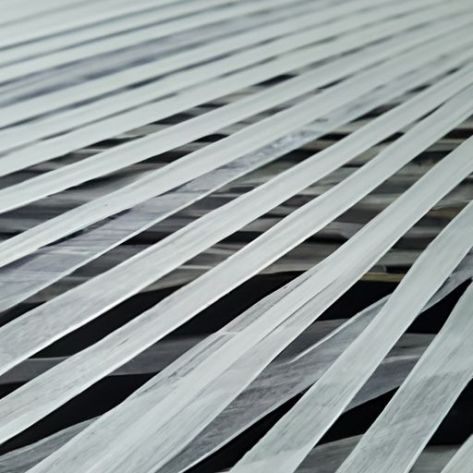Table of Contents
Mesh Fabric Selection for DIY Silk Screen Printing
Mesh fabric selection is a crucial step in the process of DIY silk screen printing. The type of mesh fabric used can greatly impact the quality and outcome of the final print. There are various factors to consider when choosing mesh fabric for silk screen printing, such as mesh count, Thread diameter, and material composition.
One of the most common types of mesh fabric used for silk screen printing is monofilament polyester mesh. This type of mesh is known for its durability and versatility, making it a popular choice among DIY Screen Printers. Monofilament polyester mesh is available in a range of mesh counts, which refers to the number of threads per inch. A higher mesh count will result in finer details and a smoother print, while a lower mesh count is better suited for bold designs and thicker inks.
Another important factor to consider when selecting mesh fabric is the thread diameter. Thicker threads are more durable and can withstand repeated use, but they may limit the level of detail that can be achieved in the print. Thinner threads, on the other hand, allow for finer details but may be more prone to breakage. It is important to strike a balance between thread diameter and mesh count to achieve the desired print quality.
In addition to monofilament polyester mesh, bolting silk is another popular choice for silk screen printing. Bolting silk is a natural silk fabric that is known for its smooth surface and high tension. This type of mesh is ideal for fine detail work and intricate designs. However, bolting silk is more delicate than polyester mesh and requires careful handling to prevent damage.
When selecting mesh fabric for silk screen printing, it is also important to consider the type of Ink being used. Different inks have different viscosities and drying times, which can affect the performance of the mesh fabric. For example, thicker inks may require a lower mesh count to ensure proper ink flow, while thinner inks may work better with a higher mesh count.
Customizing a mesh pattern for silk screen printing can also enhance the quality and uniqueness of the final print. By creating a custom mesh pattern, DIY screen printers can achieve one-of-a-kind designs that stand out from mass-produced prints. There are various methods for customizing mesh patterns, such as hand-cut Stencils, photo emulsion, and digital printing.

In conclusion, selecting the right mesh fabric is essential for achieving high-quality silk screen prints. Factors such as mesh count, thread diameter, material composition, and ink compatibility should all be taken into consideration when choosing mesh fabric for DIY screen printing. By carefully selecting and customizing mesh fabric, DIY screen printers can create professional-looking prints that showcase their creativity and craftsmanship.
